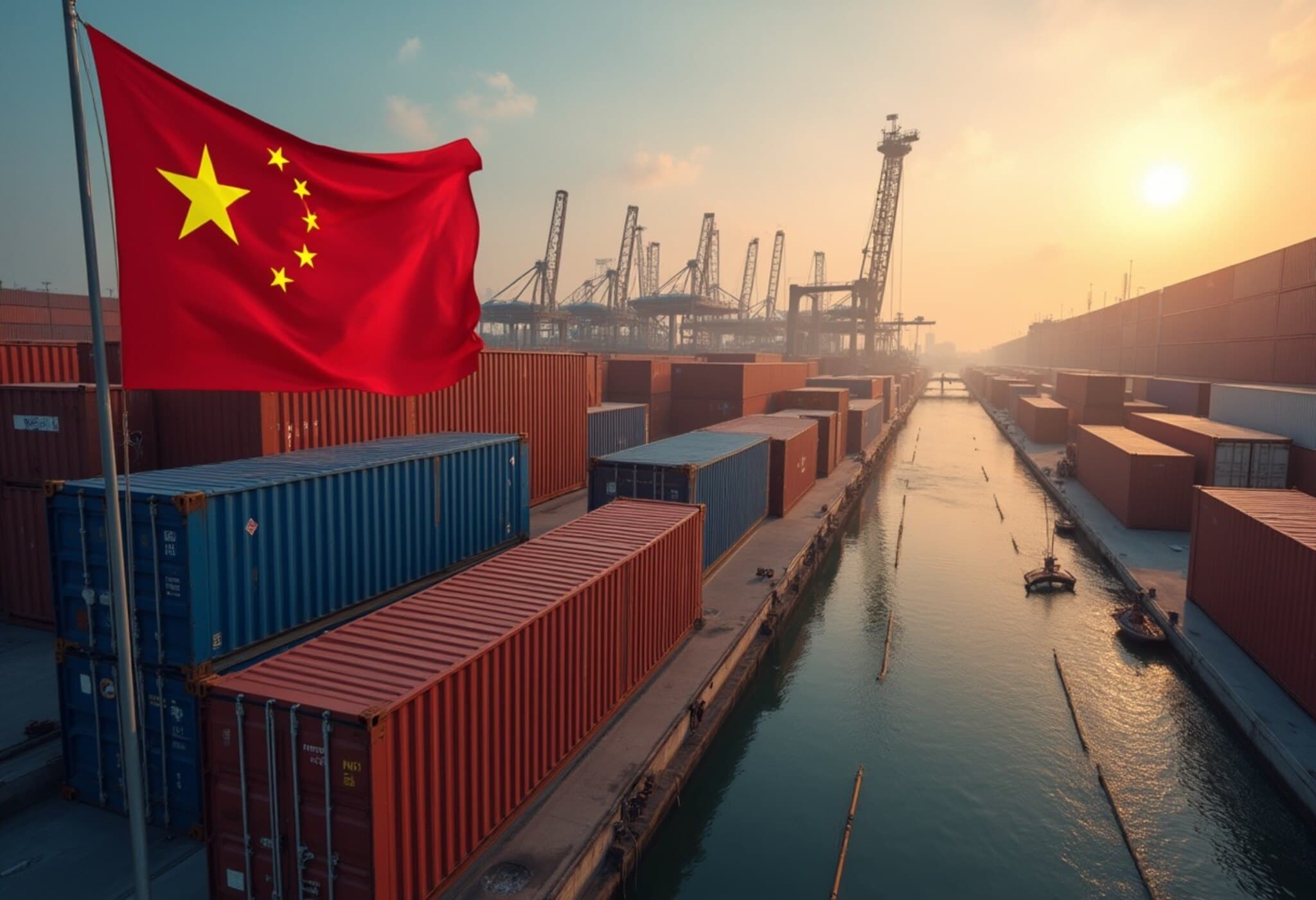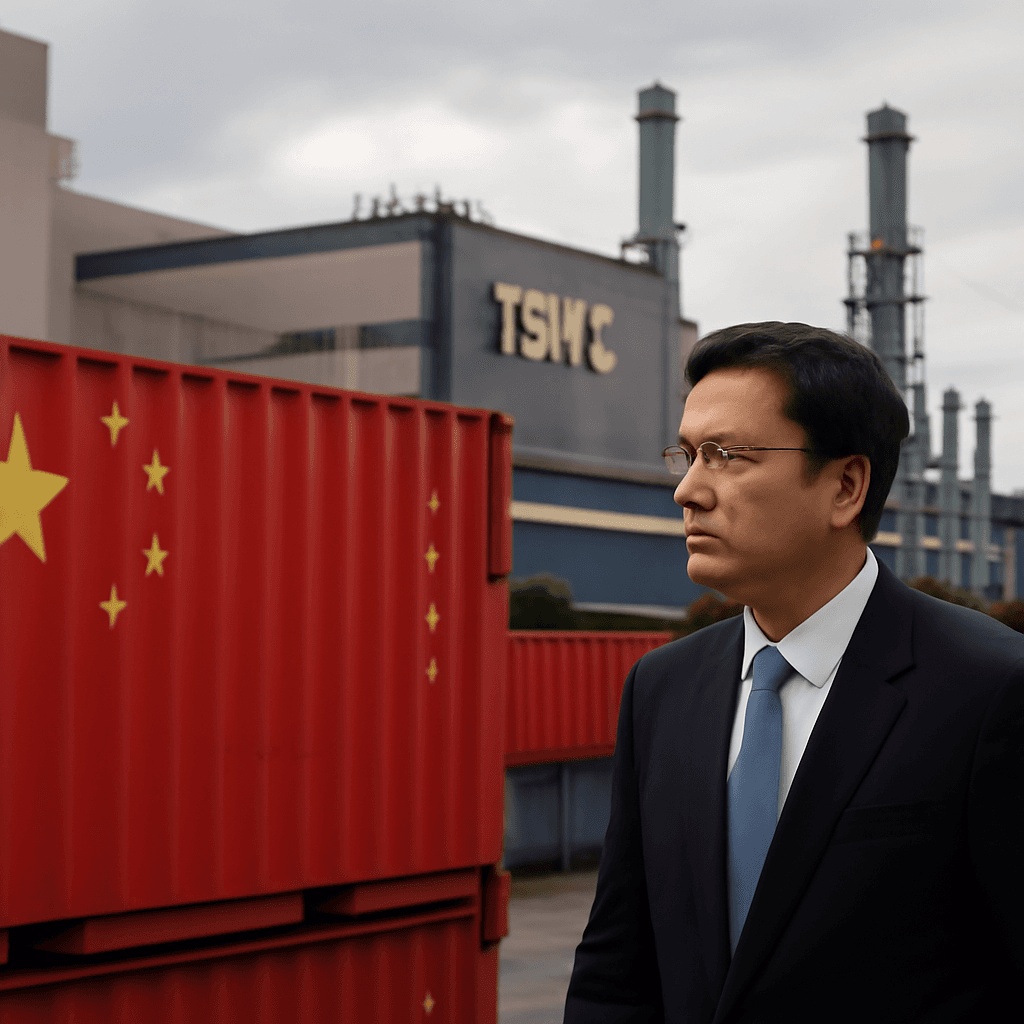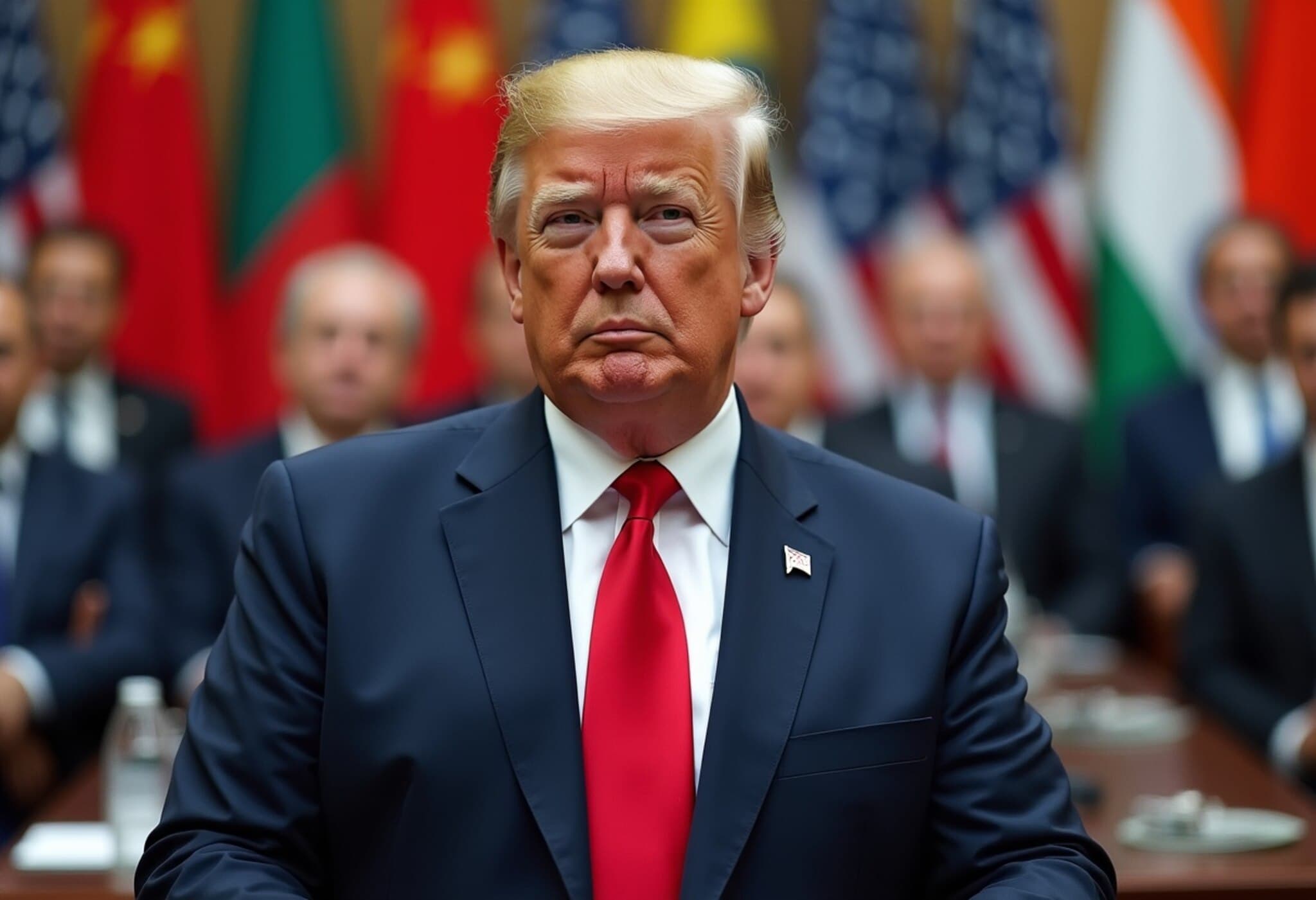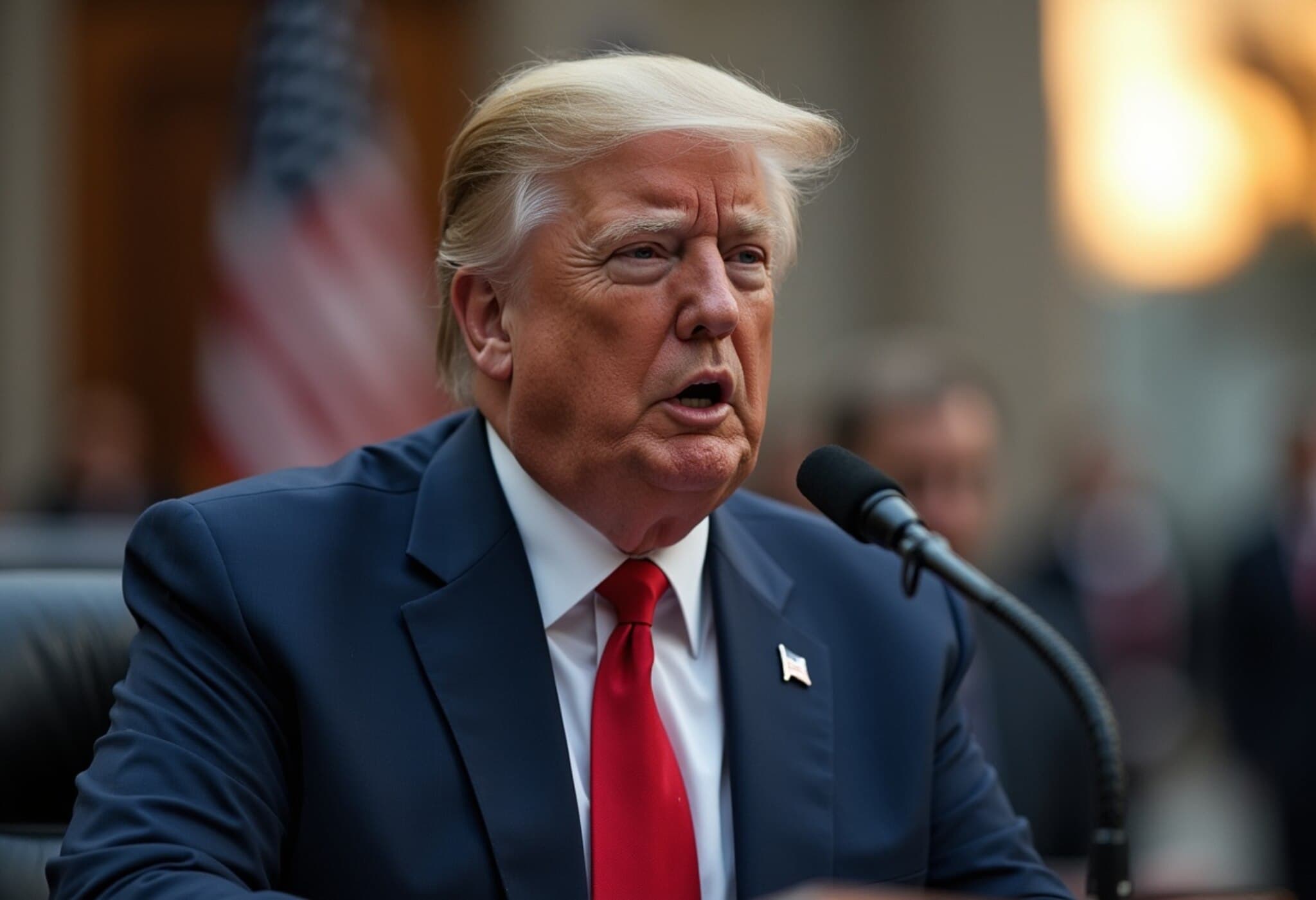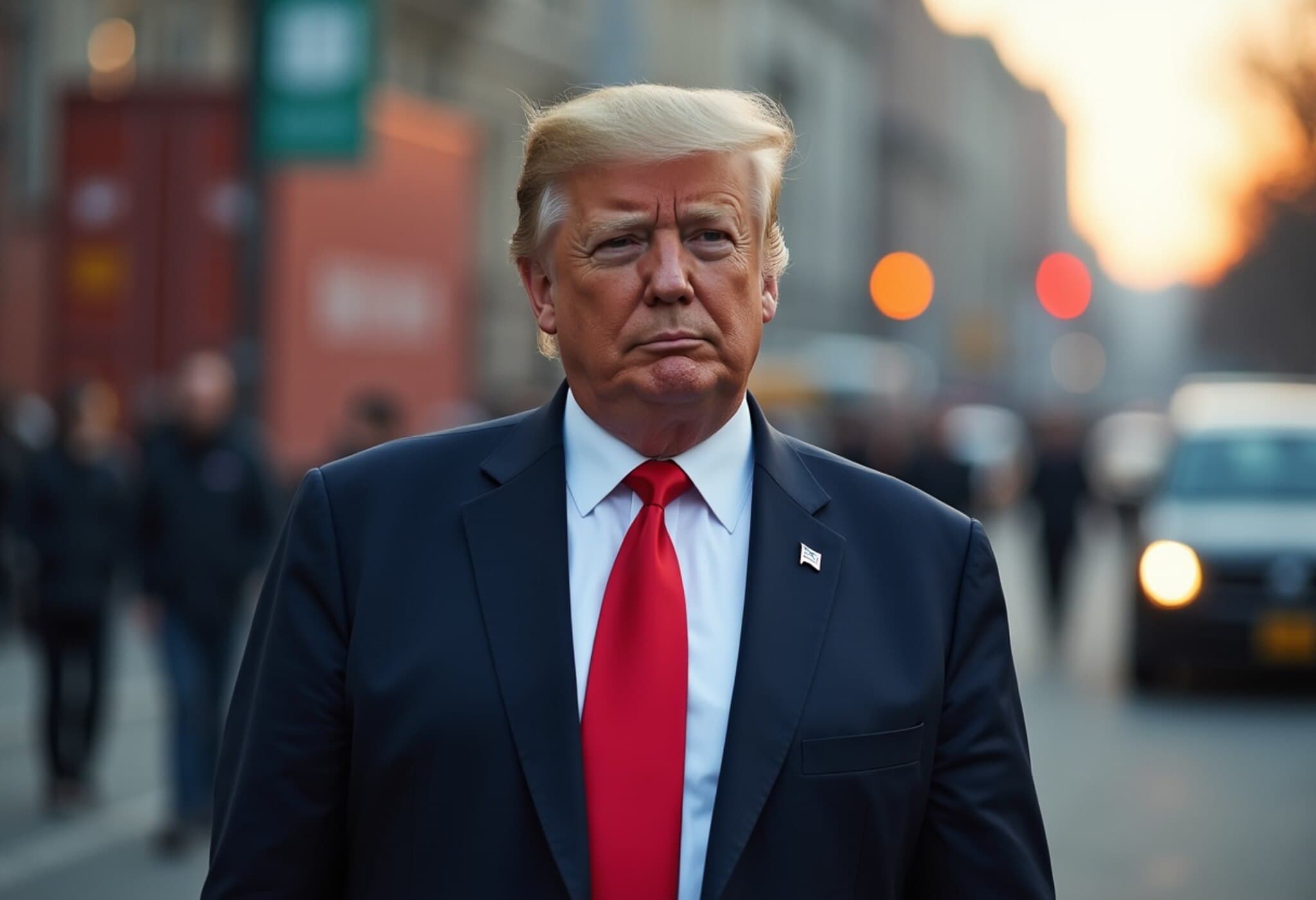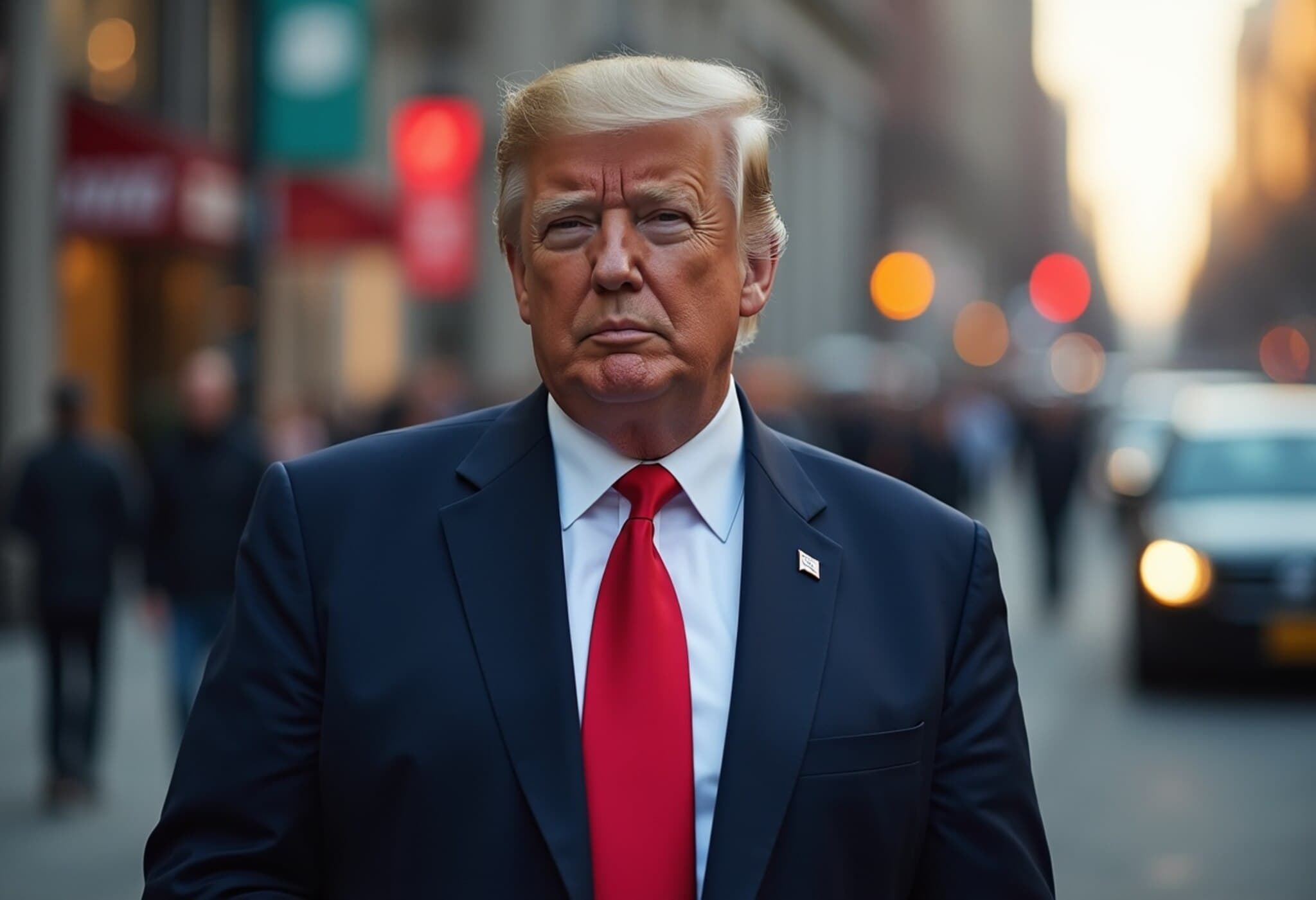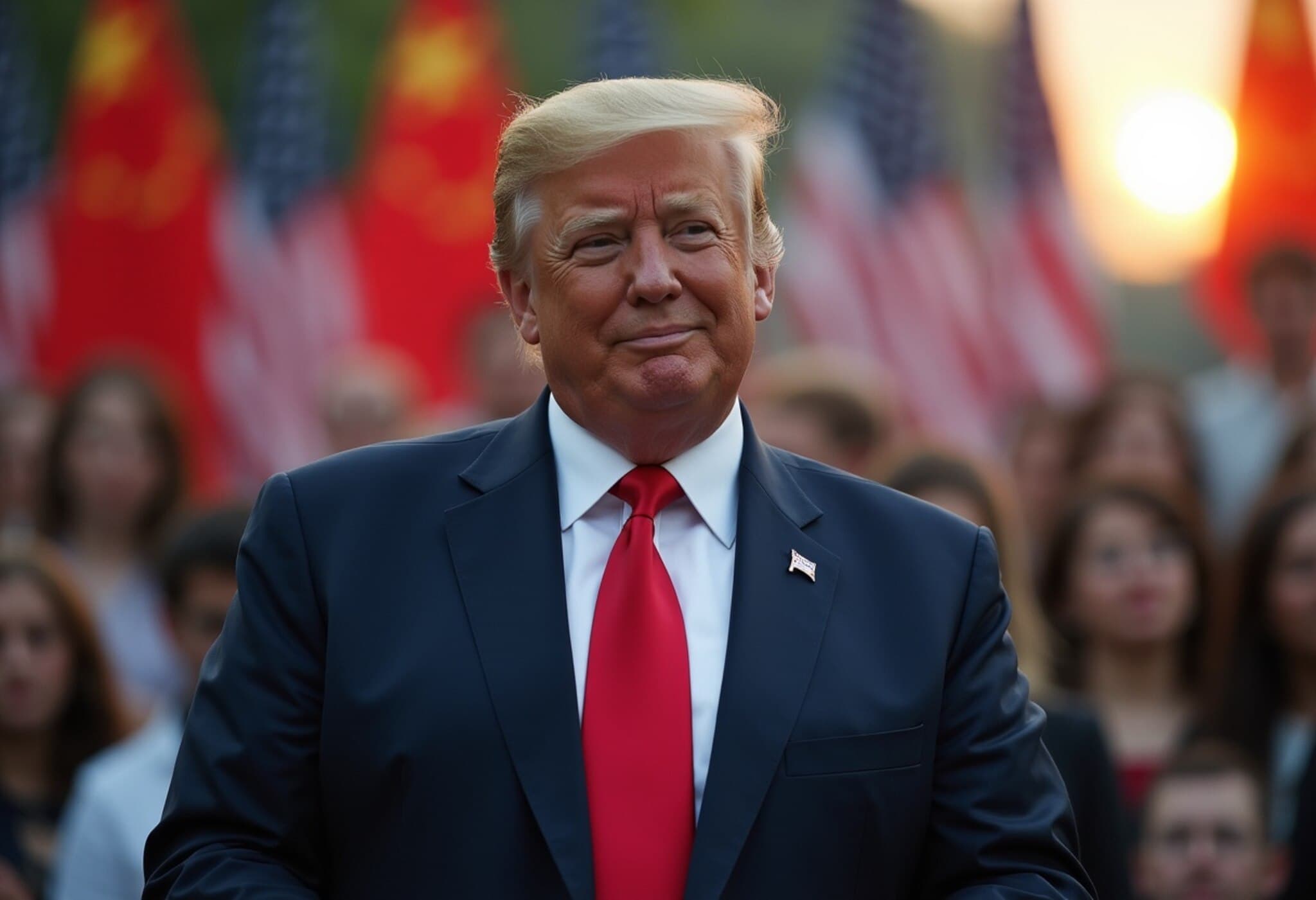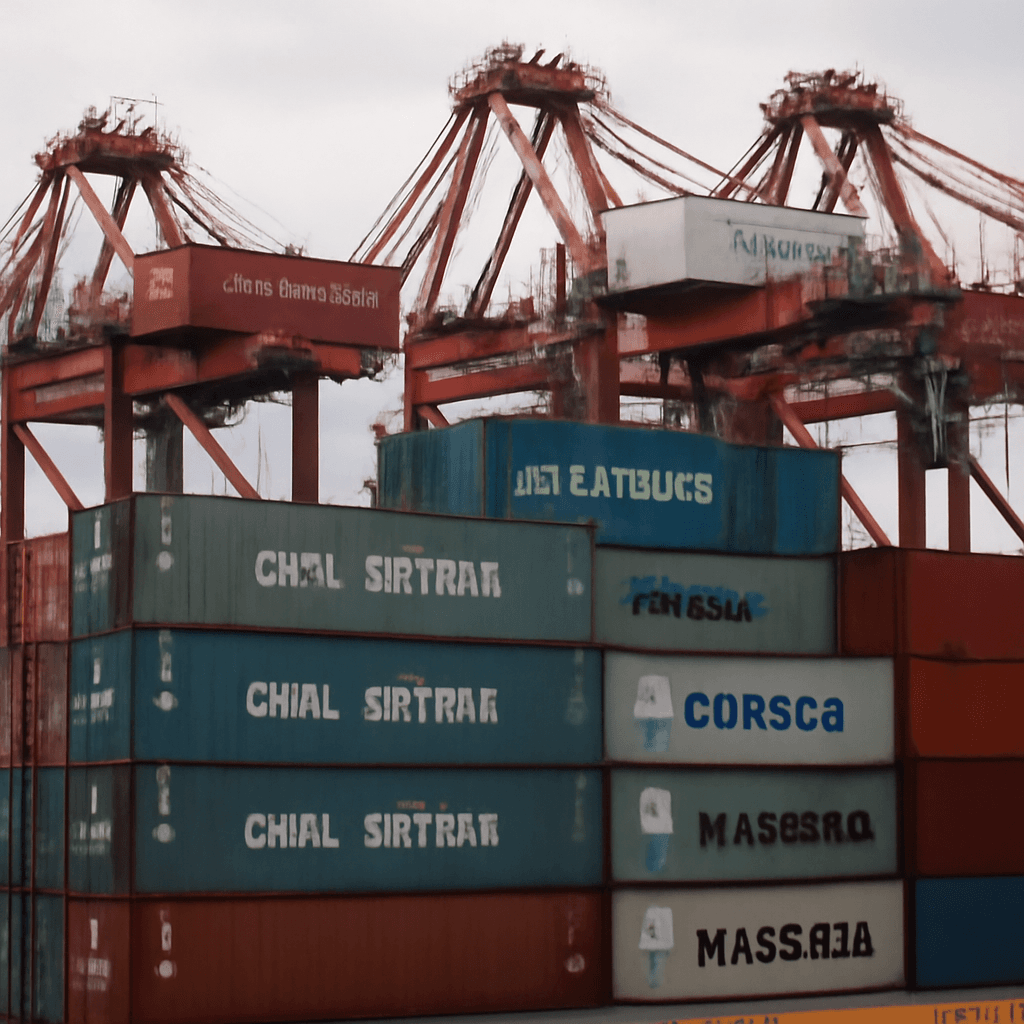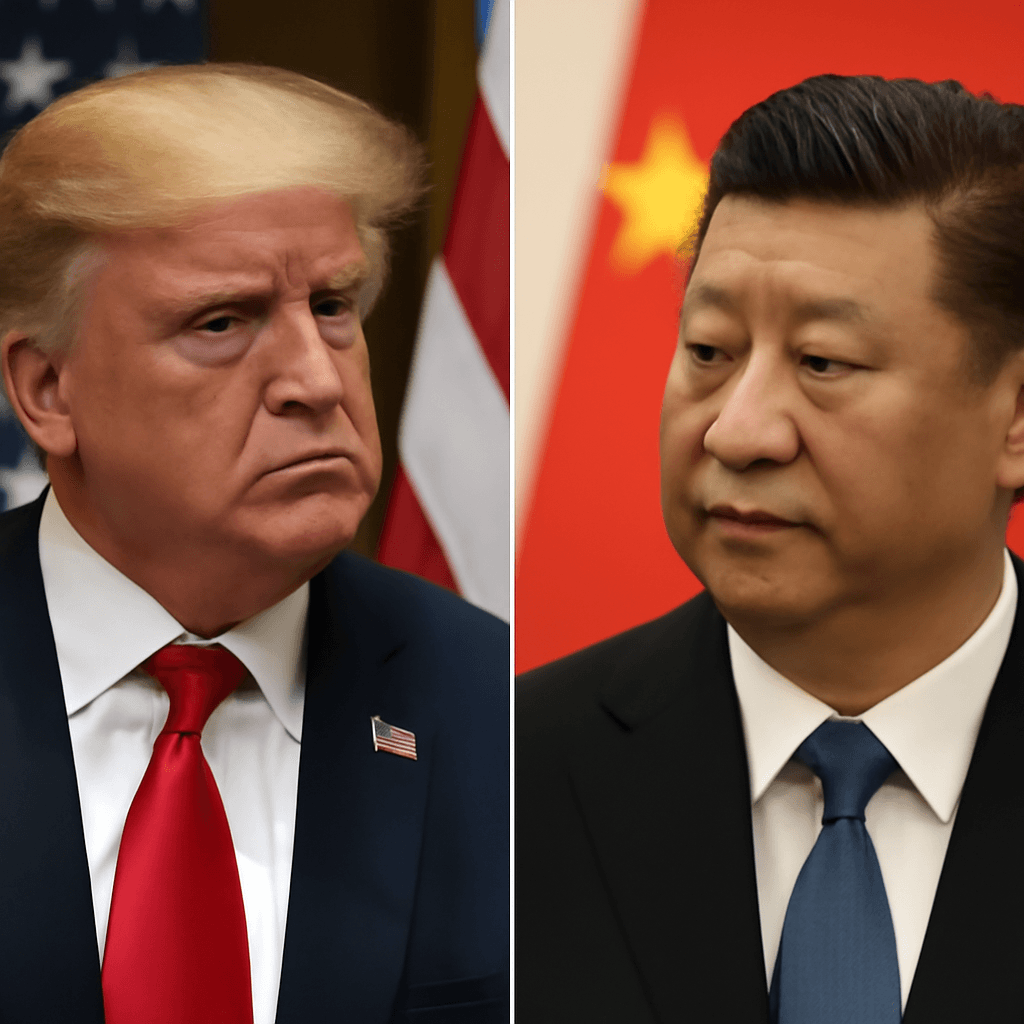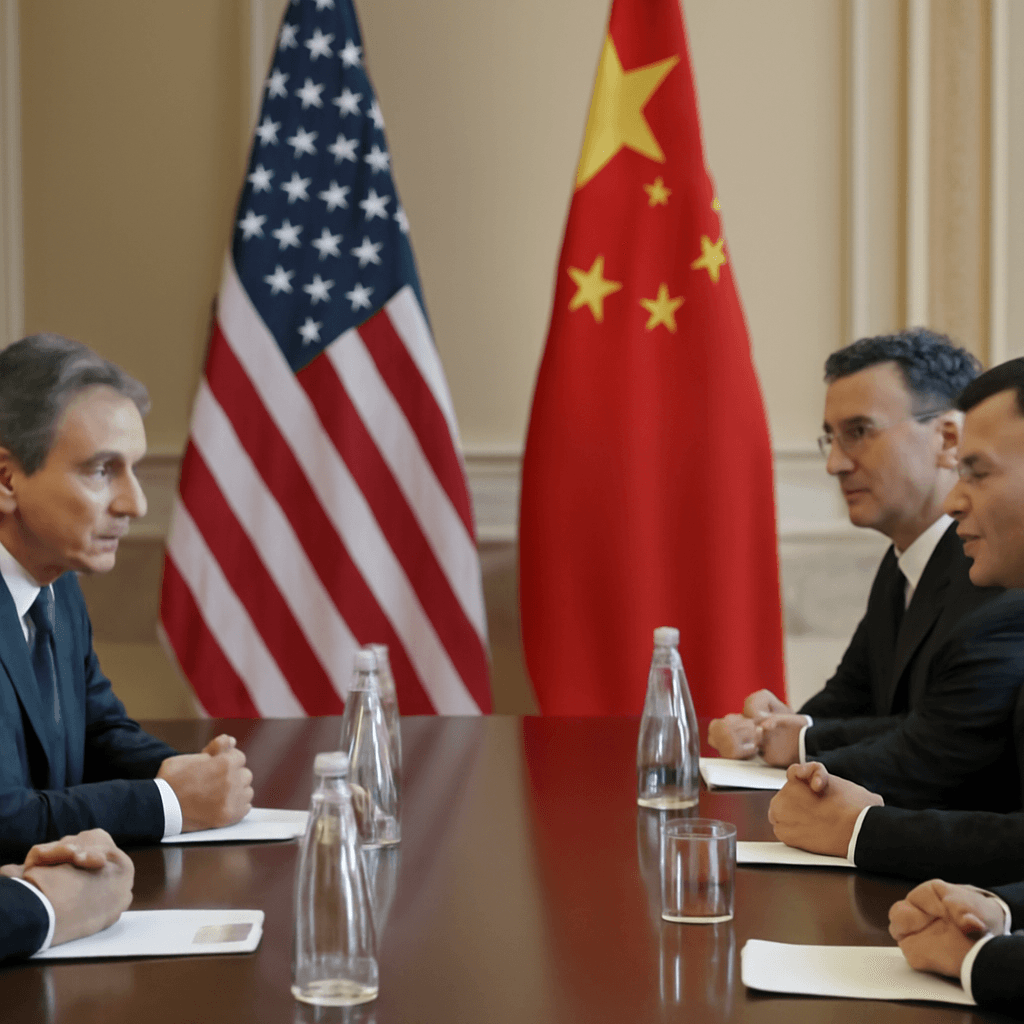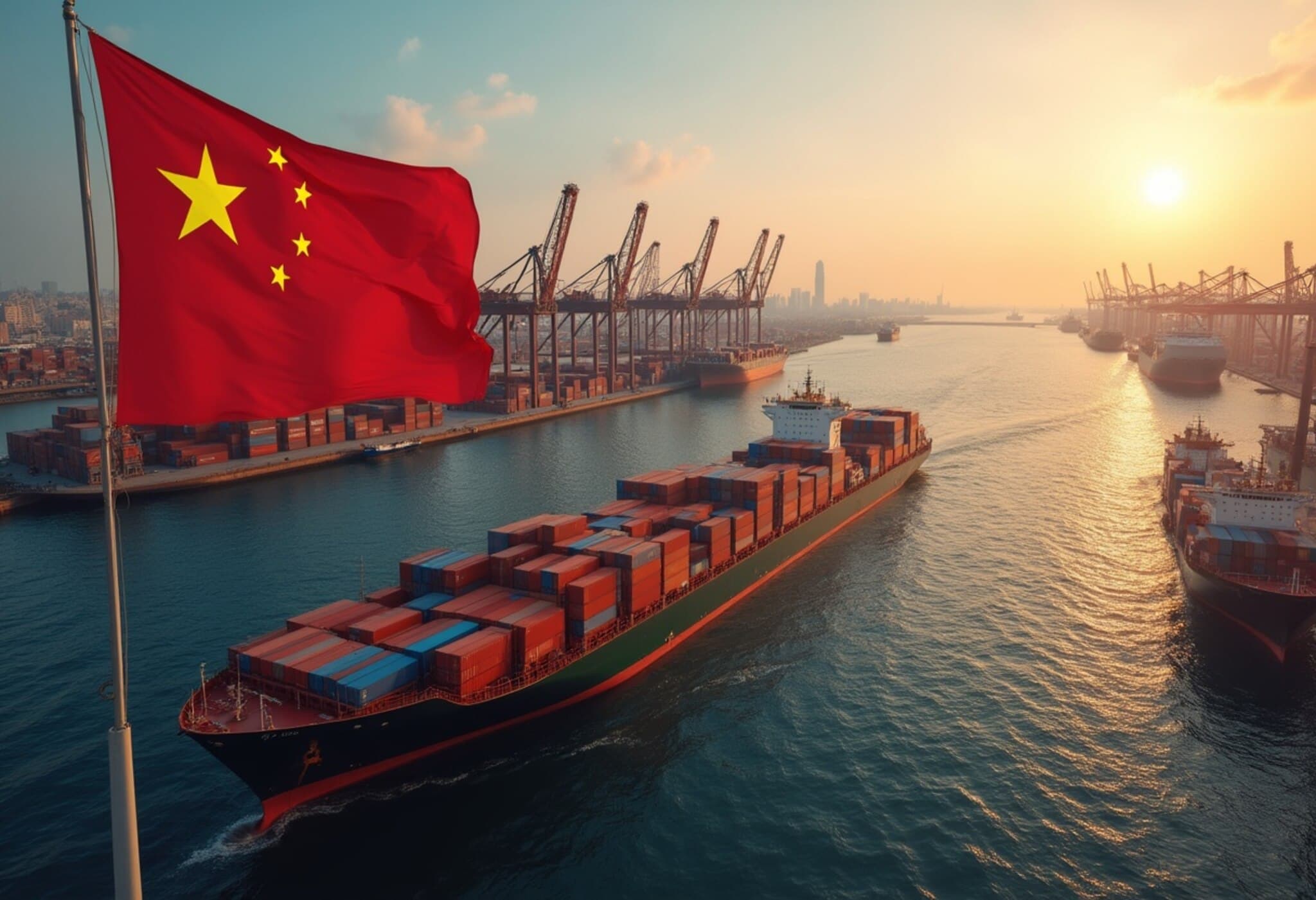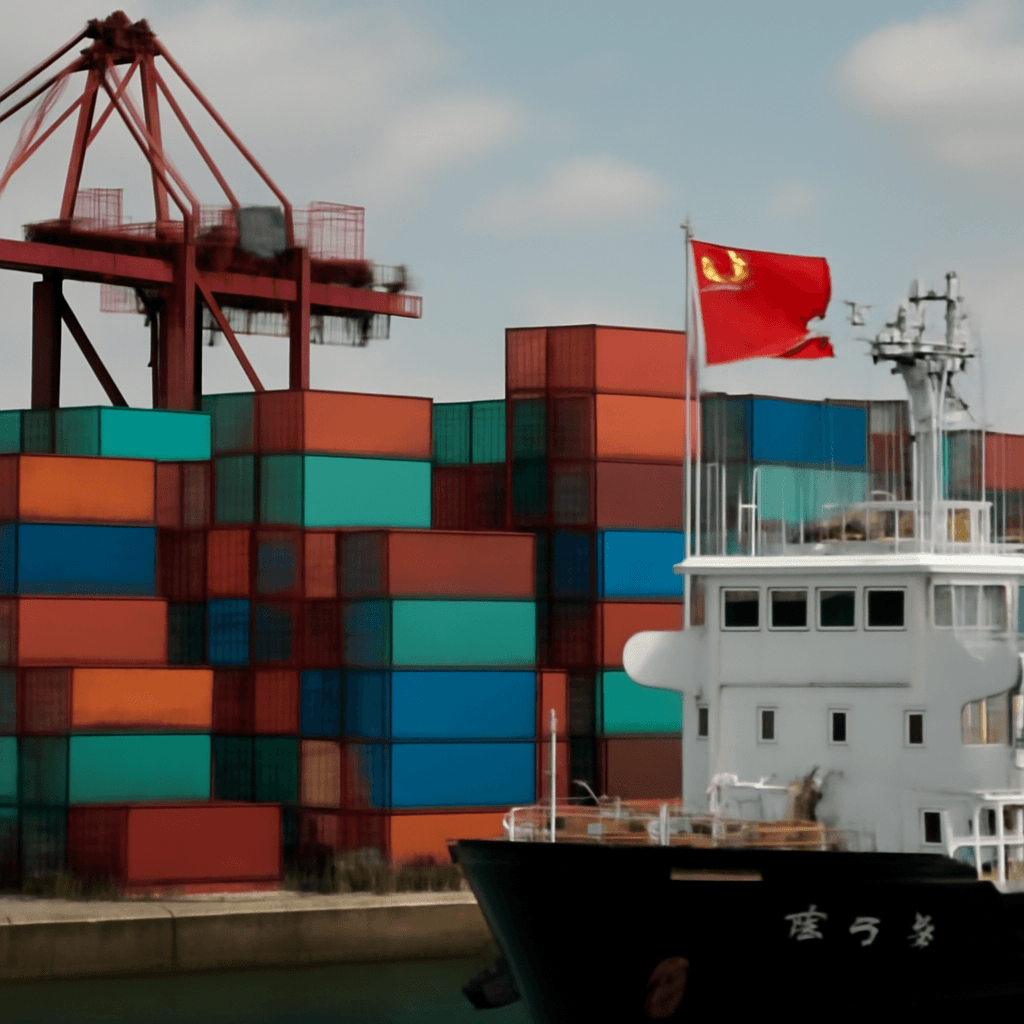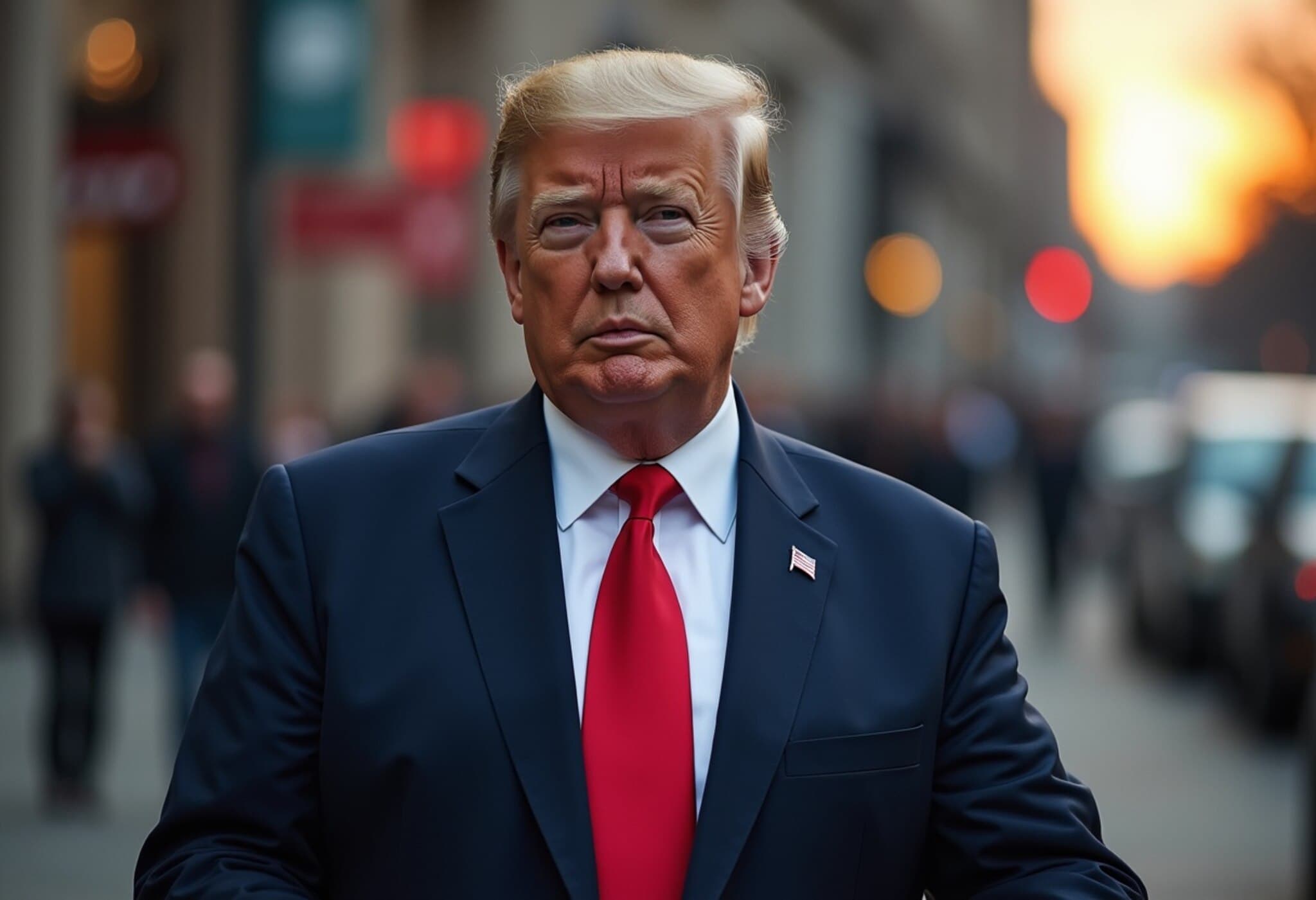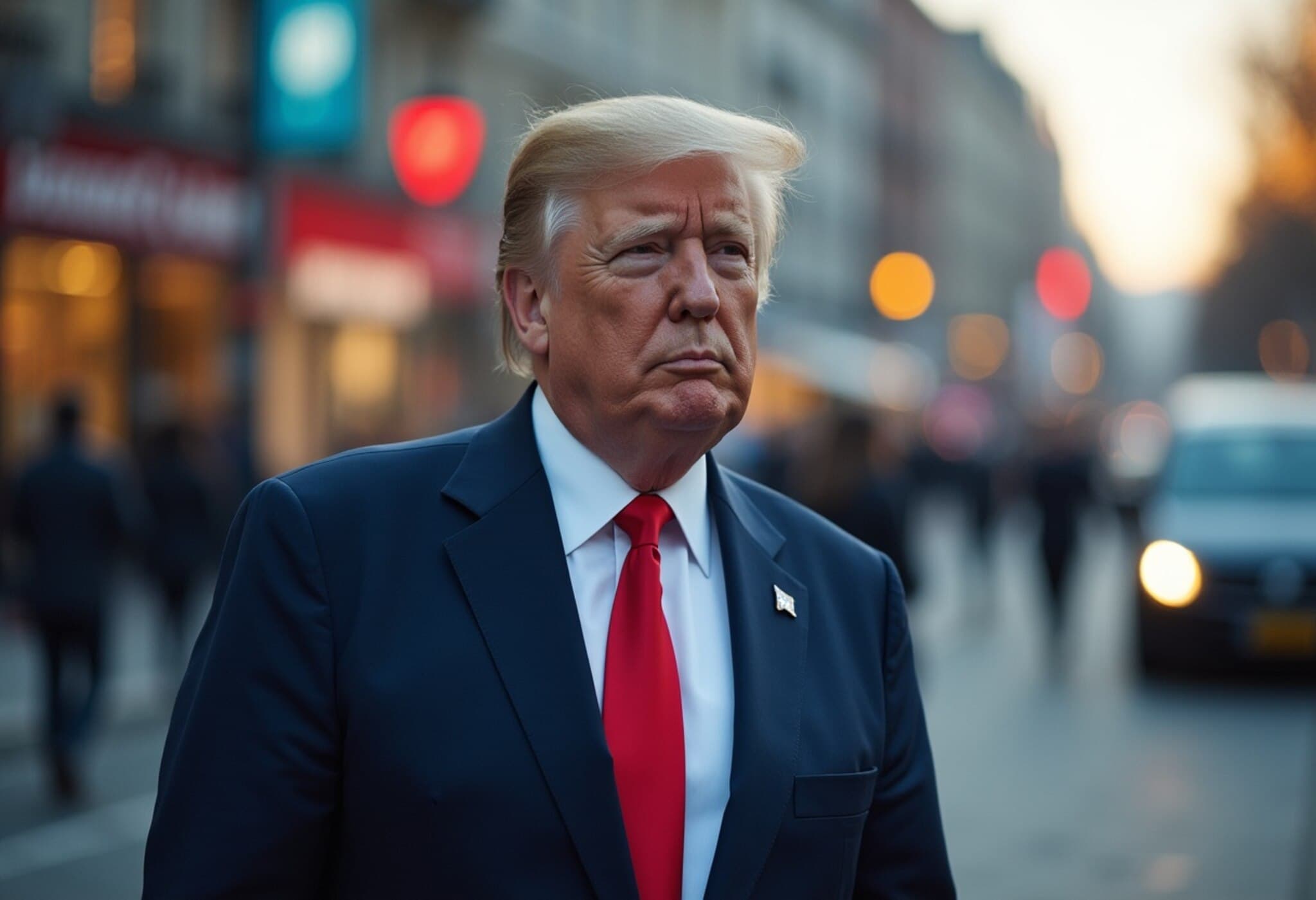China's Export Boom in June Reflects Temporary Trade Truce with the US
In a striking turnaround, China's exports saw a 5.8% year-on-year increase in June 2025, outpacing both expert predictions and the previous month’s 4.8% growth. This rebound was largely driven by a rush of shipments as businesses sought to capitalize on a temporary tariff truce between Washington and Beijing. The truce has momentarily eased trade tensions, encouraging American importers to resume purchases of consumer goods such as footwear, apparel, and toys.
Temporary Relief Amid Lingering Geopolitical Tensions
Despite the uplift in June exports, the trade relationship between the two economic giants remains fragile. Data indicate that exports from China to the US declined by 9.9% in renminbi terms from January through June, though this is a narrower drop compared to previous months. June alone saw a 16% decline year-on-year, a marked improvement from May’s sharp 34.5% fall, underscoring a cautious optimism underpinned by uncertainty over potential new tariff hikes slated for mid-August.
Experts emphasize that this volatility reflects broader geopolitical unease. Unpredictable policy shifts and the possibility of renewed tariff escalations continue to cloud the US-China trade outlook, prompting businesses to adopt a wait-and-see stance.
Diversification: China’s Strategic Response to Trade Risks
Beyond the US market, China is actively reshaping its export profile through diversification. According to economist Yuhan Zhang from The Conference Board, China is expanding its trade footprint across Southeast Asia, Africa, and Europe. For instance, exports to ASEAN nations surged by 14.3% in the first half of 2025, with Vietnam and Thailand emerging as key beneficiaries. The European Union also saw a 7.9% rise in imports from China, though Chinese imports from the EU experienced a mild decline.
This strategic pivot aligns with Beijing’s broader industrial policy agenda that prioritizes advanced manufacturing. An uptick in shipments of robotics and high-tech products signals both China’s commitment to moving up the value chain and the robust global demand for cutting-edge technologies.
Exports Steady China’s Economy Amid Domestic Headwinds
China’s export strength comes at a critical time when the domestic economy is grappling with a sluggish property sector and subdued consumer spending. As local demand slows, external trade becomes a vital engine for growth. Policymakers have reportedly counted on foreign markets to shore up China’s GDP, which aims to hit a target growth rate of around 5% annually. Early forecasts suggest that second-quarter economic growth may slightly surpass this goal.
Looking Ahead: Cautious Optimism Coupled with Risks
While June’s export figures offer encouraging signs, analysts caution that longer-term challenges persist. Capital Economics’ Zichun Huang warns of mounting headwinds, including the enduring presence of tariffs and the limited ability to aggressively expand market share through pricing tactics. Without fresh stimulus measures or broader diversification, export growth may lose momentum in the coming quarters, potentially dampening economic resilience.
Adding complexity, the Trump administration continues to scrutinize Southeast Asian countries for allegedly enabling the transshipment of Chinese goods to circumvent tariffs, hinting at possible future tariff expansions. Additionally, an upcoming high-stakes summit between European Commission President Ursula von der Leyen and President Xi Jinping is expected to address concerns about trade diversion into Europe amidst shifting global supply chains.
Expert Commentary
The current dynamics reveal the delicate balance China attempts to strike between leveraging export growth and managing geopolitical realities. For American policymakers, these developments underscore the ongoing complexities in US-China economic relations, where temporary reprieves coexist with strategic competition. The stakes are particularly high as both nations navigate not only tariffs but broader issues like technological leadership and supply chain security.
Critical Questions for Stakeholders
- Can China sustain its export growth if tariff pressures resume or escalate?
- How will diversification into new markets affect global trade patterns and regional economies?
- What role will technological innovation play in reshaping China’s export profile amidst geopolitical friction?
- How might forthcoming US and EU policy decisions reshape the global trade landscape?
Summary Box: Key Takeaways
- 5.8% export growth in June highlights a temporary easing of US-China trade tensions.
- The volatile trade environment continues, with ongoing risks of tariff reinstatements.
- Diversification into ASEAN, Africa, and Europe is central to China’s trade strategy.
- Exports are critical to offsetting domestic economic challenges, particularly in real estate and consumption.
- Upcoming diplomatic engagements and policy decisions will be crucial to the future of this global economic relationship.

